
Teaching Histories of Built Environments:
Online Certificate Course by CAU
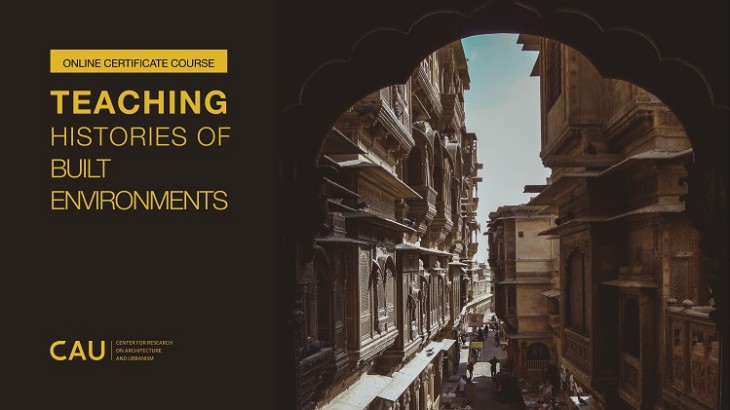
Event
Mon, July 27, 2020 - Sun, August 30, 2020
07:00 pm
Online
| Apply Now | Download Brochure | Webinar Registration |
About the Course
This five-week, online course focused on teaching Histories of Built Environments is oriented toward established educators, researchers, and new teachers. It brings together scholars from India and abroad to create a seven-week program that provides inter-disciplinary approaches, diverse methods and discursive thinking for developing courses on histories of built environments. The course also introduces participants to the vast array of digital tools and resources that have become available over the last two decades.
Course Director
Dr. Annapurna Garimella,
Art, Resources and Teaching Trust, India
Course Structure
The course will be structured as five thematic modules, each offered by a different lecturers covering specific topics that allow teachers to think about the genealogies pedagogical methods and teaching practices and develop structures for designing and teaching architectural history courses.
Each module will have three lectures-discussions and short presentation assignments. At the end of the course, the participants will develop a teaching module with a written description, week-by-week course outline, readings, and assignments.
Thematic Modules
|
Week 1: Pedagogical and Research Frameworks |
||
 |
Dr. Mohammad Gharipour, Morgan State University, USA Mohammad Gharipour received his Ph.D. in Architectural Theory and History from Georgia Institute of Technology in 2008 and Master of Architecture from the University of Tehran in 2000. He teaches architecture at Morgan State University and is the Director and Founding Editor of the International Journal of Islamic Architecture. His areas of research include Japanese traditional and contemporary architecture, Persianate gardens and architecture, and restorative environments. |
|
|
Week 2: Keywords |
||
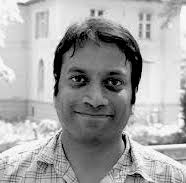 |
Dr. Venugopal Maddipatti, Ambedkar University, India Venugopal Maddipati (PhD, University of Minnesota) is an architectural historian at Ambedkar University, Delhi. His research focuses on geological thinking, architectural history and ecological histories. He is currently working on a project encompassing ecological aesthetics and the social imaginary in South Asia. His publications include the book titled Water Histories of South Asia: The Materiality of Liquescence (co-edited with Sugata Ray at the University of California, Berkeley, Routledge 2019) and Gandhi and Architecture: A Time for Low-Cost Housing (Routledge, 2020). |
|
|
Week 3: Making Connections Across Disciplines |
||
 |
Dr. Kaiwan Mehta, CEPT University, India Mehta has studied Architecture (B. Arch), Literature (MA), Indian Aesthetics (PGDip) and Cultural Studies (PhD). In 2017, he completed his doctoral studies at the Centre for the Study of Culture and Society, Bengaluru, under the aegis of Manipal University on architectural ornament and its relationship to the city and metropolitan experience, with a specific focus on Mumbai. Since March 2012, he has been the Managing Editor of Domus India and since 2017 he is Adjunct Professor and coordinator of the Doctoral Programme at the Faculty of Architecture, CEPT, Ahmedabad. Read More |
|
|
Week 4: Ways of Doing and Teaching |
||
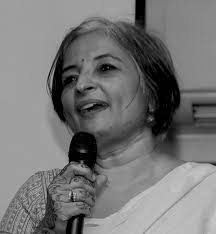 |
Dr. Annapurna Garimella, Art, Resources and Teaching Trust, India Annapurna Garimella is a designer and an architectural historian. Her research focuses on late medieval Indic architecture and the history, practices of vernacular visual and built cultures in India after Independence, and genealogies and methods of pedagogy in art, architecture, design and craft. She is the Managing Trustee of Art, Resources and Teaching Trust, an organization with a research library, independent research projects and which does teaching and advisement for college and university students and the general public. Her newest book is a co-edited Marg volume titled The Contemporary Hindu Temple: Fragments for a History (2019). |
|
|
Week 5: Crafting Architectural History |
||
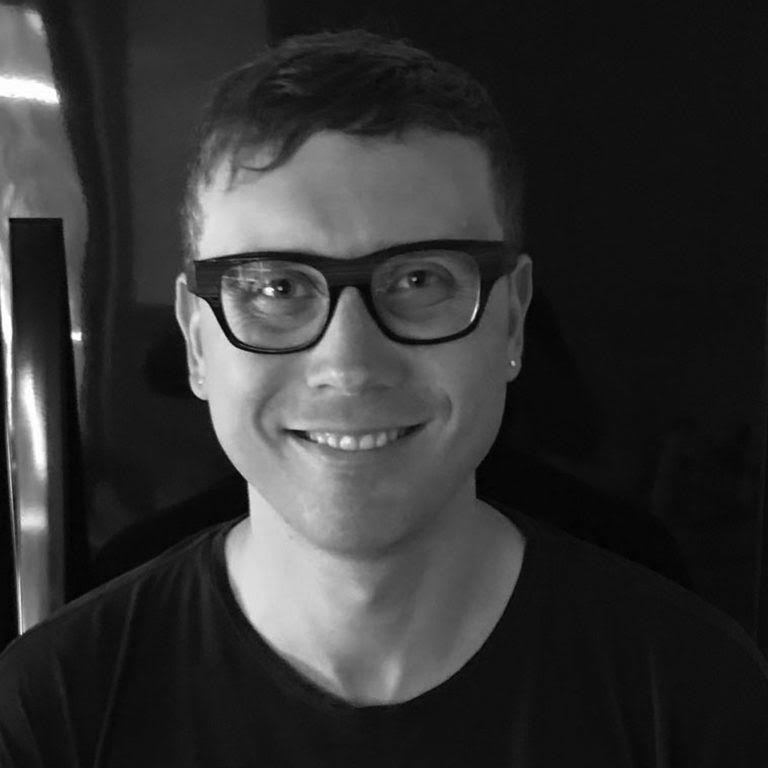 |
Curt Gambetta, Princeton University, USA Curt Gambetta is a PhD candidate in the History and Theory of Architecture and Urbanism at Princeton where he is writing his dissertation titled "Substitutions of Modernity: Materials and the Modern Home in India, 1915-present.”." He is co-editor of the digital Attention Audio Journal. Prior to joining the PhD program at Princeton, he was the Peter Reyner Banham Fellow at University at Buffalo School of Architecture and Planning (2011-2012) and a teaching fellow at Woodbury University School of Architecture in Los Angeles (2012-2013). He was a resident of the Sarai program of the Centre for the Study of Developing Societies (CSDS) in Delhi, India (2002-03 and 2004-05), where he was involved in a number of initiatives in new media. Curt received his MA in architectural history from Princeton University, an M.Arch from Rice University, and a B.A. in Political Science from Vassar College. Read More |
|
Course Dates
July 27th to August 30th 2020 (Schedule)
Participants will submit final assignments by 5th September 2020. All assignments will be reviewed and returned to course participants by 12th September 2020.
Applications and Admissions
We encourage applications from teachers and researchers from India and other countries who are engaged in/ have an interest in pedagogical methods and teaching practices of architectural history courses.
Seats are limited to 20 and hence candidates will be shortlisted based on their registration form. Selected candidates will be intimated through email with further instructions
| Application Process |
Online applications will open on July 6th 2020. For any query related to the course, please write to us on cau@cept.ac.in. Applicants should complete the on-line form and attach the following documents:
Alternatively, participants can download the form and email it with the required documents at cau@cept.ac.in. Add “Application for Online Course on Teaching Built Environment” in the Subject line. Selected candidates will be notified by email and will complete the registration process through the CRDF website. |
| Application Deadline | 20th July 2020 Apply Now |
| Program Commences | 27th July 2020 |
|
Prerequisites |
Participants must have a B. Arch with 5 years of teaching experience, MArch, or an MA in an equivalent field in the arts, social sciences and humanities or in engineering. |
| Fees | Rs.35,000 (US$ 500) |
Certificate |
Participants will receive a certificate on successful completion of the course. |
Upcoming Events

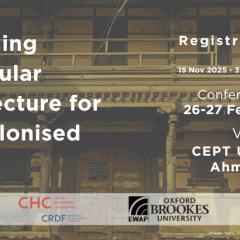
Reframing Vernacular Architecture for a Decolonised World
February 26, 2026CEPT University, Ahmedabad, India